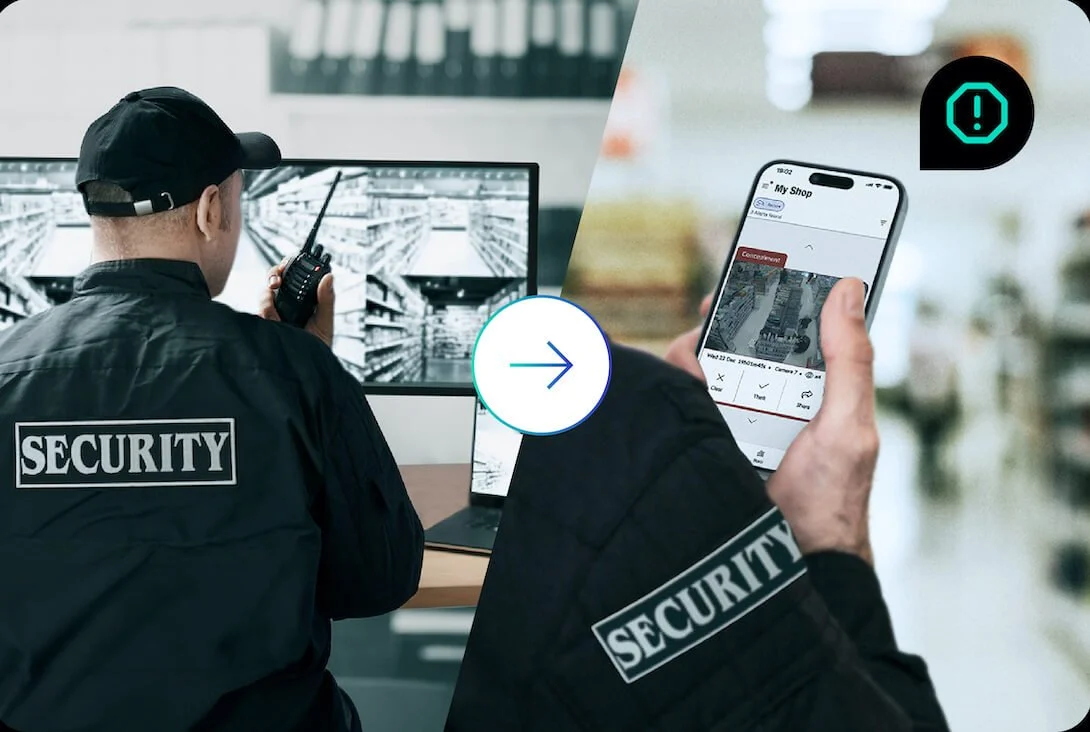AI transforms retail loss prevention at Amsterdam Schiphol
The AI-powered system recognizes suspicious behavior and sends a message immediately
An AI-powered theft detection system at Amsterdam Schiphol Airport has recovered over €163,000 (US$172,000) in retail sales between April and September 2024, based on more than 50 in-store theft detections. The groundbreaking system, developed by Veesion and implemented by TRSS, sets a new standard for retail security in the travel sector.
“Despite the presence of various existing anti-theft solutions, shoplifting continues to be a persistent issue,” explains Ulbe Keegstra, Partner at TRSS/Veesion. “This is partly due to the diverse range of product assortments, store layouts and large entrances in many airport stores, making it challenging to find an effective solution for preventing shoplifting.”
Blueprint, the Copenhagen-based business development consultancy, has been tracking how AI impacts the travel retail channel and considers in-store theft a ‘low hanging fruit’ with a significant upside.
Thomas Kaneko Henningsen, Partner at Blueprint
Retail theft has traditionally been viewed as primarily a domestic challenge, with losses reaching up to 6% of sales. Travel retail typically sees losses under 2%. Thomas Kaneko Henningsen, Partner at Blueprint, notes: “The 2% is still a significant loss to airport owners and retailers if an airport does, for example, US$500 million in annual retail sales.”
Veesion’s team of over 20 AI engineers spent six years on R&D, training deep learning algorithms based on more than six million data points. The result is a system that relies on over 10 shopping behavior gestures for theft detection. This approach has proven effective across Veesion’s network of 4,000+ retail clients in 25+ countries, detecting an average of 100,000 in-store thefts monthly.
Implementation at Schiphol
“Integrating CCTV systems is straightforward and compatible with all existing set-ups,” says Theo Goldberg, Director of the Amsterdam Schiphol Retailers’ Association (ARA). “Schiphol Airport presents a unique situation where all cameras in ARA-affiliated stores are managed by ARA. Servers were installed in collaboration with ARA and their ICT installer, and the IP addresses of selected cameras were configured on these servers.”
Theo Goldberg, Director of the Amsterdam Schiphol Retailers’ Association (ARA)
The system’s value was immediately apparent. “On the first day within the first two hours of having installed the AI capability we got the first alert,” Goldberg states. “ARA has always been proactive in reducing in-store theft. There was some initial skepticism about how AI software could take this to the next level. However, perspectives have become highly positive due to the successful proof of concept.”
Addressing complex retail environments
“The biggest challenge arose in perfumeries and fashion stores,” Keegstra sayss. “Many shoppers pick up a tester, try the scent, and then return the tester. Similarly, in clothing stores, shoppers often pick up garments to see how they look. Initially, Veesion may flag these behaviors as suspicious, leading to many unnecessary alerts. Therefore, we collaborated with Veesion’s technical team to develop a bespoke solution for airport stores that effectively reduced these false alerts.”
Henningsen adds: “This is the beautiful part of AI. As AI mimics human intelligence, it is ‘learning by doing’ – constantly getting smarter. The more we prompt AI and allow it to recognize in-store theft behaviour, the smarter it gets. AI’s speed of learning and adaptation trajectory are steep, thereby constantly getting better at separating in-store theft from normal shopping behaviour.”
High traffic and cultural diversity
“During the past 12 months, we observed that high traffic airport shopping environments do not necessarily increase suspicious behaviour as there’s limited space for such activity,” Keegstra notes. “Moreover, individuals intending to shoplift tend to feel uncomfortable in crowded spaces, often seeking a quieter area and inadvertently using the crowd to their advantage.”



